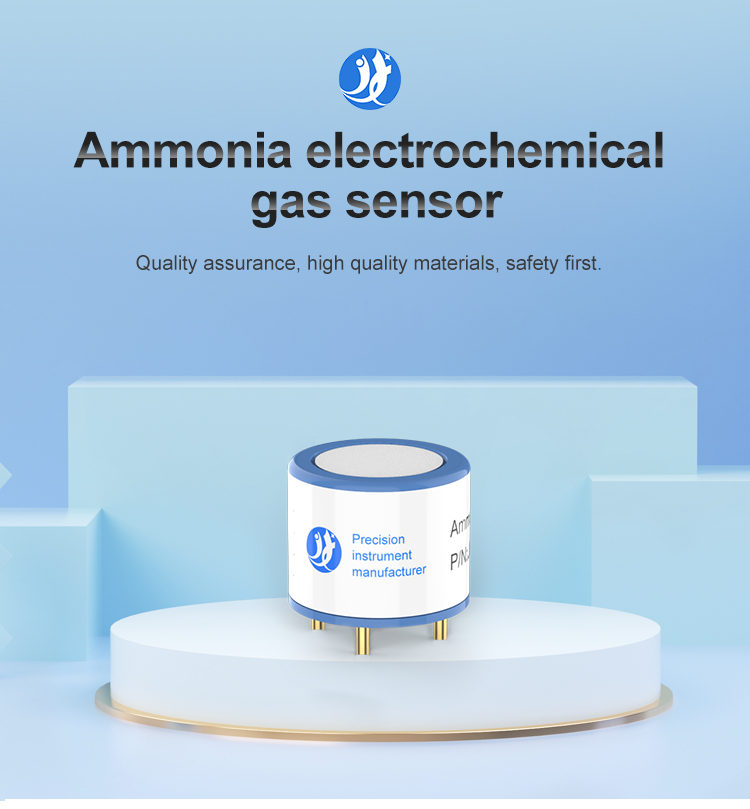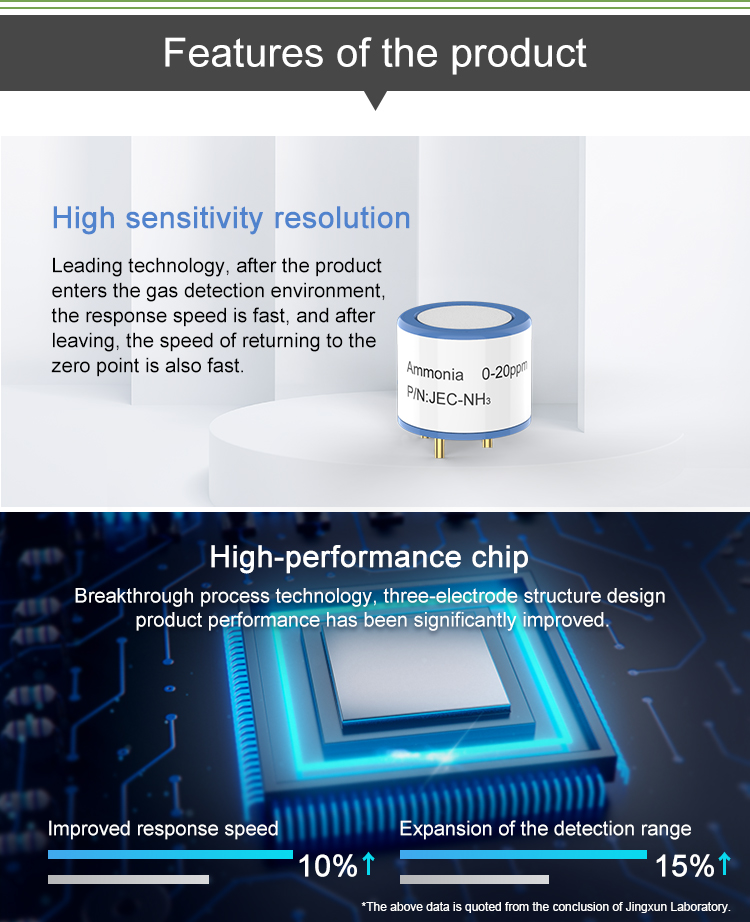Indoor air quality (IAQ) is a critical aspect of our daily lives, as we spend a significant amount of time indoors. Poor IAQ can lead to health problems such as allergies, respiratory issues, and even cancer. In recent years, the use of gas sensors has become increasingly popular in monitoring indoor air quality, identifying pollutants, and mitigating their harmful effects.
Gas sensors are devices that detect the presence of various gases in the air, such as carbon dioxide, carbon monoxide, ammonia, and volatile organic compounds (VOCs). They work on the principle of detecting changes in electrical properties, such as conductivity or resistance, that occur when gas molecules come into contact with the sensor's surface.
One of the benefits of using gas sensors for IAQ monitoring is their ability to detect gases that are odorless and colorless, such as carbon monoxide, which can be lethal at high concentrations. This early warning can allow for prompt action to be taken to minimize exposure and prevent illness or death.
Another advantage of gas sensors is that they are highly sensitive and can detect even trace amounts of pollutants. This sensitivity allows for the detection of pollutants at low levels, which can have a cumulative effect on health over time. Continuous monitoring with gas sensors can provide real-time data analysis, allowing for quick identification and correction of any IAQ issues.
Gas sensors can also be used to identify the sources of airborne pollutants. For example, by monitoring the concentration of VOCs, it is possible to identify specific sources, such as cleaning products or construction materials, and take necessary measures to reduce their emissions. Additionally, gas sensors can provide insight into the effectiveness of air filtration systems, allowing for the optimization of these systems to improve IAQ.
Another benefit of using gas sensors in IAQ monitoring is their ability to be integrated into building automation systems. Using these systems, gas sensors can communicate with ventilation and air conditioning systems, automatically adjusting airflow rates to maintain healthy IAQ. This integration also allows for remote monitoring and control of IAQ, which can be especially useful in large buildings or facilities.
In addition to being used in commercial and public buildings, gas sensors can also be used in residential settings, where homeowners are becoming increasingly aware of the importance of IAQ. In homes, gas sensors can be used to detect gases such as radon, which is a radioactive gas that can accumulate in basements and cause lung cancer. By monitoring for radon and other pollutants, gas sensors can help homeowners take the necessary steps to improve IAQ.
In conclusion, gas sensors offer a reliable and effective solution for improving IAQ by detecting pollutants and identifying their sources. The use of gas sensors in IAQ monitoring can lead to a healthier environment, enabling people to live and work in spaces that are safe and free from harmful air pollutants. As air quality becomes an increasingly important consideration in modern society, the demand for gas sensors as a tool for IAQ monitoring is likely to continue to grow.
 : +86 155 8830 2704
: +86 155 8830 2704 : jxdziot@gmail.com
: jxdziot@gmail.com
